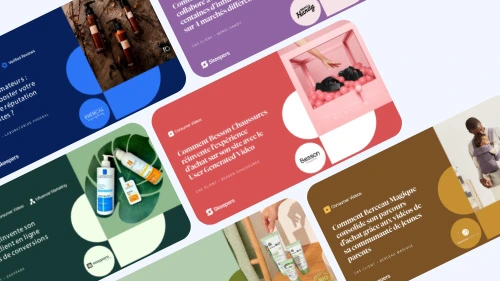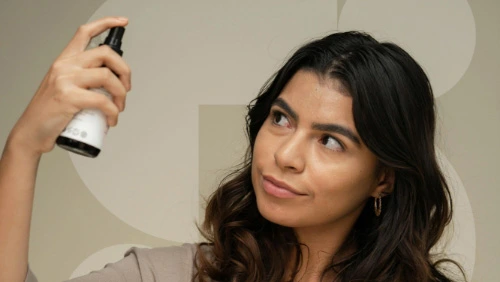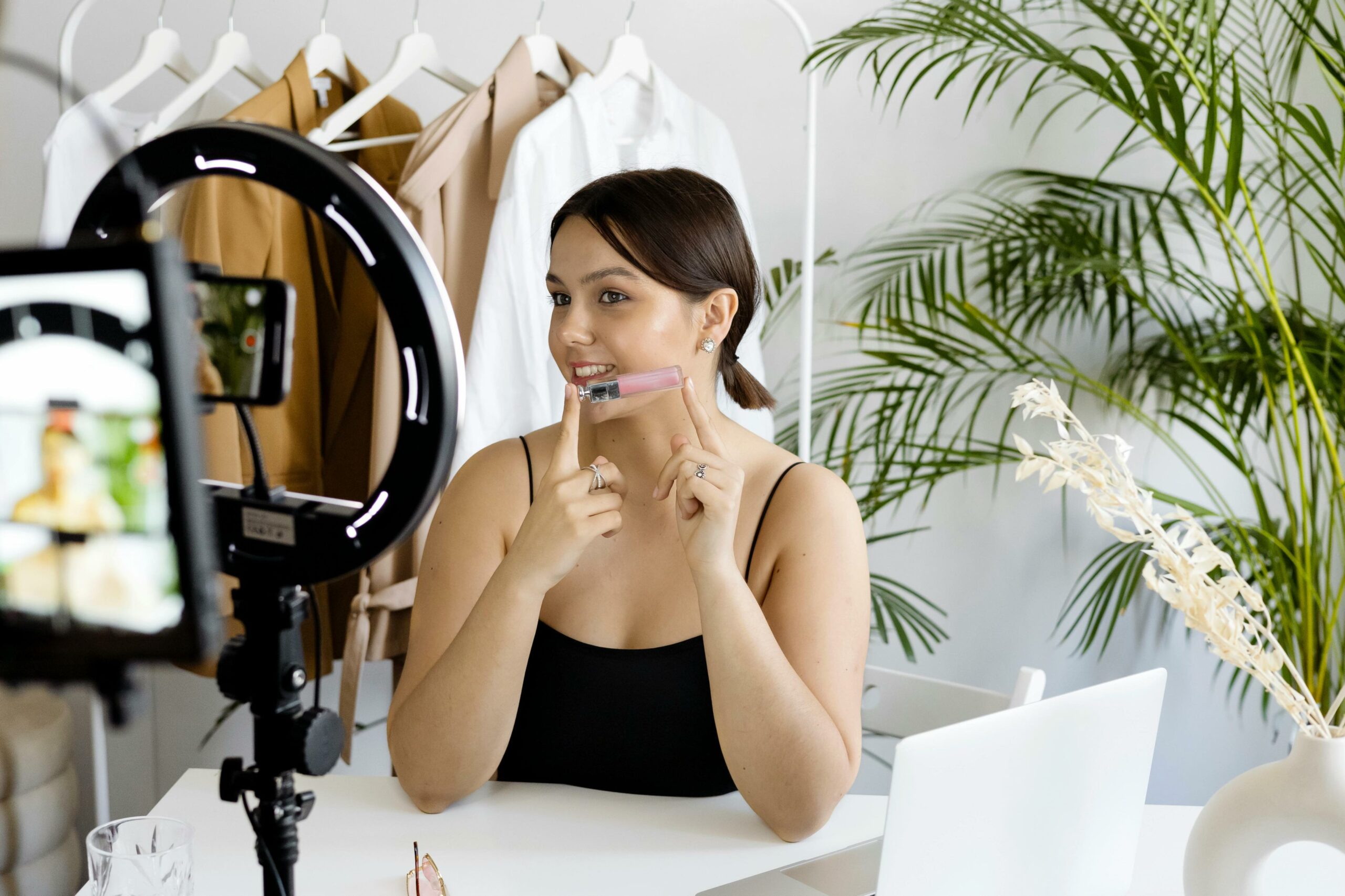Do you find yourself hovering between TikTok and Instagram, finding your daily dose of entertainment, discovering new brands, and adding items to your cart? You’re not alone. Social commerce has been rapidly expanding over the past few years and different world regions have adopted this mode of shopping at various levels and through various channels....
Do you find yourself hovering between TikTok and Instagram, finding your daily dose of entertainment, discovering new brands, and adding items to your cart? You’re not alone. Social commerce has been rapidly expanding over the past few years and different world regions have adopted this mode of shopping at various levels and through various channels. TikTok and Instagram stand out in this race. The ability to discover and buy products through these platforms without leaving the app has shown shoppers the ease and comfort like none other.
When it comes to the influencer economy, TikTok and Instagram are the key cards of the game. Their rivalry in capturing market share is known to every social media aficionado. Regardless of launching the influencer economy, Instagram keeps coming face to face in competition with TikTok. Why is that? Let’s find out together in this article.
TikTok v/s Instagram

Since its launch in 2010, Instagram has attracted a large audience with its image-first feature. Creators, brand advocates, and brand managers alike found sponsorship and product integration opportunities on this platform. Most of the marketers surveyed in 2021 by Shopify chose Instagram as their top influencer marketing channel. Since then the numbers seem hard to believe as TikTok is more popular now among younger audience, drawing marketers to the platform to tap into this demographic.
Instagram’s design drives visibility to your product making sure viewers visit your website or buy something. In 2023, Instagram generated $39 billion for Meta, accounting for 29% of its total revenue, a 1% increase from 28% in 2022. Additionally, Instagram contributed one third of Meta’s net income through advertising revenues, marking it as a highly profitable segment.
Lately, this status is under threat with TikTok’s growing popularity and easy-to-get-viral algorithm. Creators and influencers on Instagram are at the mercy of its algorithm to get noticed. The algorithm has been optimized for influencers and accounts with large following making it rather difficult for people with smaller accounts to get visibility.
Whereas, on TikTok every video has a chance to get viral whether it is made by an account with 2K followers or 200K followers. The platform pretty much owes its success to its ability to push videos based on their entertainment value rather than the size of the account that published it.
The Battle for Engagement and Interaction
Engagement and interaction are two main pillars for success on social media. Both, Instagram and Tiktok allow brands to connect with their followers in different ways.
TikTok’s ‘For You Page’ allows users to watch content from creators whether or not they follow them. This increases the chances of gaining visibility, engaging users with creative content, and increasing engagement. Whereas, Instagram’s main feed displays content from creators that a user follows, limiting the scope of reaching a wider audience.
TikTok is known for its viral challenges that drive engagement and interaction. Brands are often seen adopting these trends to create creative content with influencers while featuring their products or services. This fosters a sense of community around the brand. As per TikTok, users are 1.8x more likely to agree that the platform introduces them to new topics.
What to Watch

TikTok communities are driving recommendations for off-platform entertainment, providing top lists, creative topics, nostalgia and buzz creating content that is hot at the time. Creators on the platform are making content that is most relevant and aligned with the audience’s curiosities and needs. A research by TikTok shows that 44% visited TikTok with a specific outcome in mind and found themselves discovering more than what they thought. This shows the length and breadth of the content creation spectrum on TikTok
Instagram relies on polls and questions in its Stories feature to generate feedback and perform surveys for brands and creators. These features encourage user participation and make people feel connected to the brand. It also allows brands to integrate their e-commerce stores into their content making them shoppable and easier for users to discover and buy products.
Check out our article about optimizing videos for mobile.
Advertising Solutions
Both Instagram and TikTok offer unique features and opportunities for advertising and reaching a wider audience. Let’s take a look the options given by each of these platforms.
TikTok Ads v/s Instagram Ads
TikTok Ads allow brands to capture user attention with dynamic and engaging content. Brands can utilize various ad formats, such as In-Feed Ads that blend into the “For You Page,” TopView UGC Ads that grab attention as the first content seen, and Branded Hashtag Challenges that drive user engagement. These options tap into the platform’s creative potential and viral nature.
TikTok’s advanced targeting features focus on demographics, interests, and behaviors, helping advertisers pinpoint their ideal audience. The platform also offers Lookalike Audiences for broader reach and supports both video and image ads, providing flexibility in how campaigns are delivered.
Instagram Ads leverage the platform’s focus on visuals, presenting brands with a variety of ad formats. Feed Ads, Stories Ads, and Explore Ads help brands reach users as they navigate through the app, allowing for the creation of visually stunning and engaging stories tailored to the target audience. Instagram offers comprehensive targeting options, including demographics, interests, behaviors, and sophisticated tools like Custom Audiences and Lookalike Audiences. Advertisers can utilize single-image, carousel, video, and slideshow formats, customizing their approach to match their audience’s tastes.
TikTok Shop v/s Instagram Shop
TikTok and Instagram shops are all about turning scrolling into shopping, tapping into massive pools of potential buyers both locally and globally. TikTok Shop is the ultimate spot for impulse buys, thanks to its viral videos and live sales that really click with the GenZ through fun, clickable links right in the videos. Meanwhile, Instagram Shop offers a more tailored shopping vibe, focusing on slick visuals and deep dives into product details, making it a hit with a savvy, diverse, and slightly older audience.
| TikTok Shop | Instagram Shop |
| Turn your TikTok clips and live streams into a mini-mall with direct sales right from your profile’s Shop tab. | Transform your posts, stories into a boutique showcase. |
| Focus on the magic of video, using TikTok’s slick algorithm to showcase your products in super fun and catchy ways. | Mix up visuals with both stunning images and videos, letting you products tag directly in posts for easy shopping. |
| Comes stacked with cool tools like live selling options, partnerships, and multiple ways to pay. | Offers nifty analytics, targeted shopping ads, and in-app checkout in some areas to keep shopping smooth. |
| A big hit in Asia and quickly expanding to other corners of the globe. | A global shopping hotspot, widely recognized and used from North America to Europe. |
The Undeniable Role of UGC
Teaming up with influencers and driving user-generated content are killer moves that can seriously amp up a brand’s visibility on social media.
TikTok and Instagram are the hotspots where brands can showcase the magic of influencer power and user participation.
Let’s break down how brands are partnering with influencers on TikTok and Instagram
TikTok Influencer Marketing
TikTok emphasizes spontaneous, raw, and often humorous content. Influencers typically create short-form videos that are highly engaging and designed to go viral. The platform’s algorithm rewards creativity and trend participation, making it common for influencers to rapidly gain traction by leveraging popular sounds, challenges, or effects.
TikTok attracts a younger demographic, generally Gen Z and younger millennials, who prefer dynamic and entertaining content. This audience values authenticity and relatability.
TikTok has been enhancing its e-commerce features, such as TikTok Shop, where influencers can promote products directly through videos and live streams, encouraging impulse buying.
Instagram Influencer Marketing
Instagram focuses on aesthetic appeal and high-quality visuals. Influencers often post well-curated photos and stories that reflect a polished lifestyle or aspirational imagery. Video content is available through Stories, Reels, and IGTV, catering to both short and long-form content preferences.
Instagram engagement revolves around visual appeal and the influencers’ ability to connect with their audience through personal stories, detailed posts, and direct interaction via comments and direct messages.
Instagram has a broader demographic range, including millennials and older generations, who often seek inspirational, lifestyle, fashion, and beauty content.
Instagram offers extensive shopping features like shoppable posts, a dedicated shopping tab, and integration with external e-commerce platforms. This allows for a seamless shopping experience directly within the app.
Check out our article: How to Boost Sales with Instagram Influencer Marketing
Why are users hooked on TikTok?

When social media first became popular, every platform had its own purpose – Instagram was for sharing pictures, Twitter for sharing bite sized thoughts, and Facebook to keep a track on friends and family. In 2018, when TikTok came to life with its short-form videos, all the other apps started to compete with it, leaving behind their main purpose.
TikTok’s algorithm prioritizes user interaction over posting times. As a result, videos that stir emotions—whether they’re hilarious, irritating, or just plain cringe-worthy—often explode in popularity, garnering views and sparking discussions by the thousands. This unique blend of content, from must-have viral beauty products to heated debates on political topics with young creators, keeps users hooked and endlessly scrolling.
Conclusion
Influencers are now disrupting storytelling. They are so many creative ways of promoting a product that we have seen and so many that we are yet to see. TikTok and Instagram both are competing to give these creators and brands new and improved features to put out the best content, create communities, spark conversations, and be authentic above all.
It is hard to say at this moment if TikTok has already taken over Instagram as the latter is an essential part of Meta. Especially now, when they are constantly innovating to stay relevant. On TikTok, everyone’s voices have been given a collaborative and creative channel which is definitely changing how we knew storytelling and community engagement.















